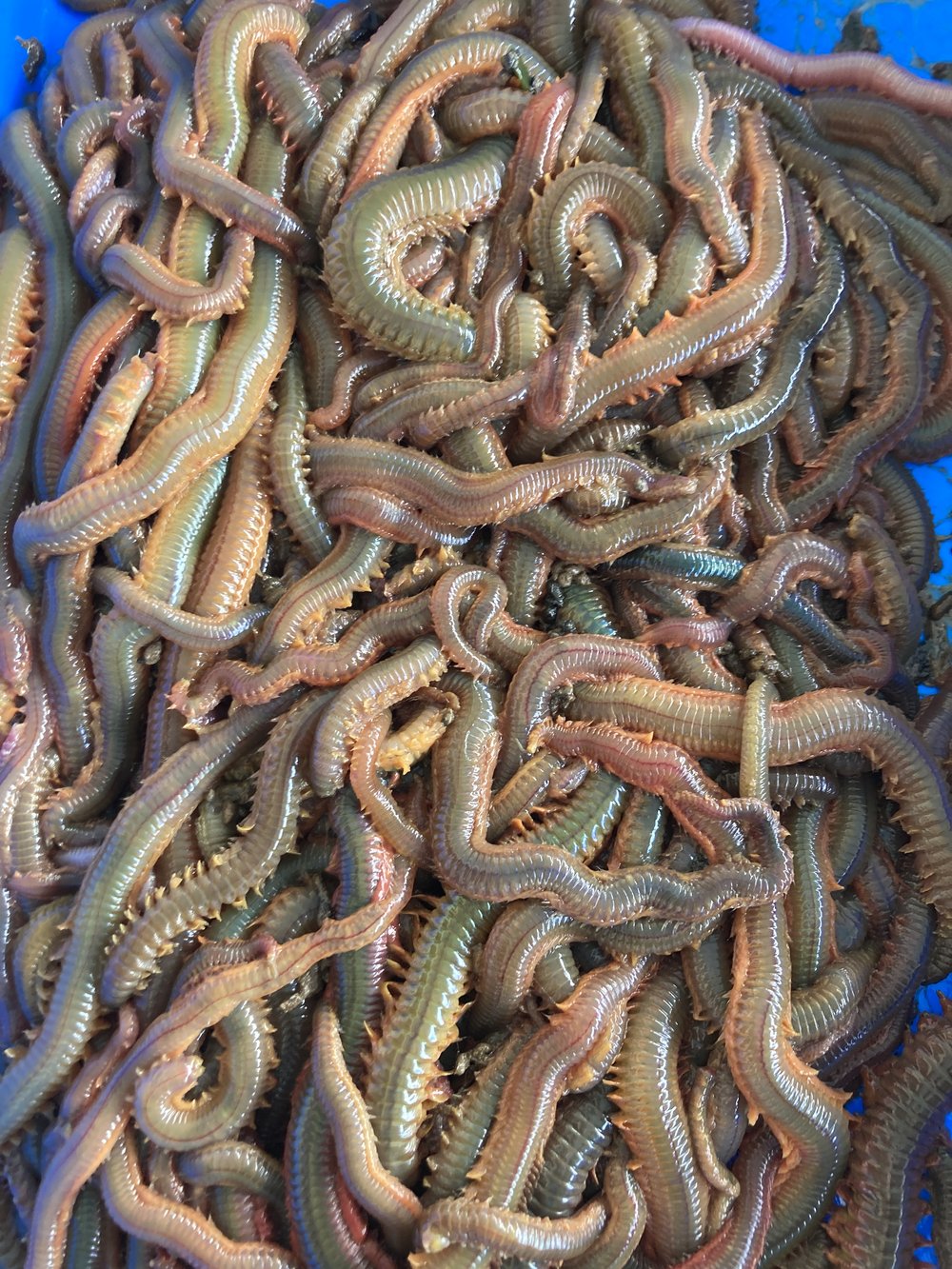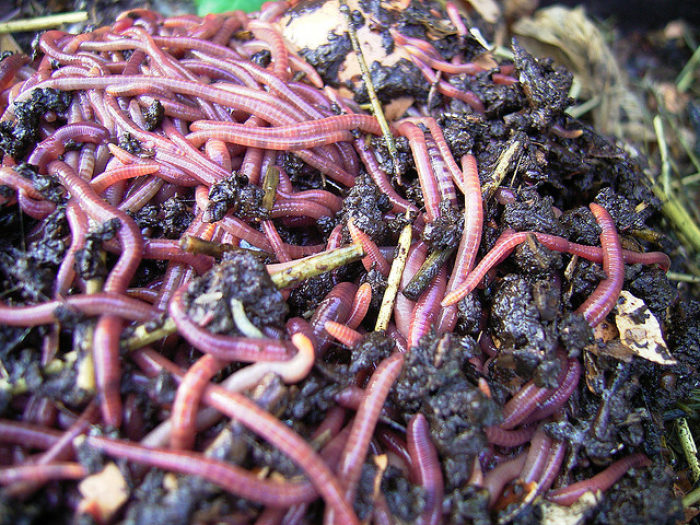Not known Factual Statements About Where To Find Red Wigglers
Where To Find Red Wigglers - Truths
Table of ContentsLittle Known Facts About Where To Find Red Wigglers.All About Where To Find Red WigglersThe Best Strategy To Use For Where To Find Red WigglersLittle Known Facts About Where To Find Red Wigglers.5 Simple Techniques For Where To Find Red WigglersThe Greatest Guide To Where To Find Red WigglersThe 30-Second Trick For Where To Find Red Wigglers
If you have a difficult time finding them, try using a shovel to go into the ground and damage the damp dirt with your hands to locate them. You can likewise look for them in the morning when lawn sprinklers wet the dirt. Additionally, you can resemble the moisture and rain elements on your own! Saturate your yard or grass with water and seek your worms once it gets dark.Raise it utilizing take advantage of and search for your worms inside the opening. Do not neglect to look under rocks, bricks, wood, and other items you may discover on the ground, as that's where worms often live.
When you catch numerous worms, you will wish to dip your fingers right into sawdust to dry them and boost your following grasp. Keep in mind that you should not eliminate a lot of worms from one area as this can negatively affect that atmosphere. Place your worms right into their bin and store them in the fridge.
You can also use a pitchfork to lure worms in the air. Known as a worm groaning stick, this typical approach entails sticking the pitchfork right into the ground and then rubbing it with an item of steel or wood. The resonances that are developed imitate the sound of a mole, which causes the worms to surface area.
Where To Find Red Wigglers - Questions
For long-lasting worm storage space, we suggest developing a dedicated worm ranch. Hopefully, you uncovered numerous means to capture your worms the next time you require them after shutting hours or when you're really feeling as well careless to obtain in the car and drive a number of miles to the local worm supplier!
This overview will certainly present you to the red wiggler to consist of a much deeper on dive on the types and info on breeding, life cycle, and recreation. We'll talk about how to keep red wigglers and why they should be the go-to worm for most composters. The red wiggler (binomial name: eisenia fetida) is the globe's most common composting worm.
A study recommends that both can create hybrid children, a phenomenon which ought to otherwise be taken into consideration impossible between most worm species. Enjoyable fact: The "fetid" part of the binomial name describes what some claim is a foul-smelling secretion the red wiggler uses to ward off predators. I've been dealing with them for years and never ever noticed this! The makeup of a red wiggler resembles that of various other usual earthworms; a long-segmented body begins at the sharp head and ends at a slightly-flatted tail.
The digestive system tract is simple, beginning at the mouth where the worm starts to consume its food prior to passing it on the throat. The vocal cords is a muscular section which imitates a pump to pull food right into the mouth prior to pumping it out into the esophagus. The esophagus is slim and thin-walled and acts as the "waiting room" for the gizzard.
Facts About Where To Find Red Wigglers Uncovered
Keep in mind: This requirement for grinding is why grit is recommended in a worm bin. The worm features no indigenous grinding capacity so the worm depends on ingested grit to assist grind its food in the gizzard. The stomach is where the first chemical break down of food occurs with the aid of a protein-busting enzyme.
The intestine forms the lengthiest component of the worm and is where the majority of digestion takes location through enymatic procedures. The spreadings ultimately pass with the rectum at the end of the worm as pills covered with a biologically-rich mucus.
Within 42 days, these baby worms will certainly get to sexual maturation as evidenced by the development of the clitellum. A fully grown red wiggler can be expected to live in between my review here one to three years (Where To Find Red Wigglers). The magnificent red wiggler might in some cases be utilized as a bait worm for smaller sized fish or as a protein source for hens and reptiles
And as pointed out over, they are the most common composting worm in the globe. Rather, a mix of expense, strength, and comfort in a large variety of temperatures makes it the most proper composting worm for many brand-new vermicomposters.
The Buzz on Where To Find Red Wigglers
This is an usual practice amongst worm shippers who don't wish to run the risk of having the worms sit in a warm or cold storage facility over the weekend break. Worm cultivators are not saving worms in a situation where they are prepared to ship. The worms must be collected from their habitat initially, so growers will usually set a Friday or Saturday due date in order to harvest in time for a Monday shipment.
To save on shipping expense, you may wish to see if there are any type of neighboring "Mom and Pop" shops through a Google search. If you do not discover what you're looking for, after that I welcome you to look into worms through the Urban Worm Business! The quantity of red wigglers you acquire ought to be solely dependent upon the surface you have readily available for vermicomposting.

All About Where To Find Red Wigglers
For best results, you want to fire for about 60-70% wetness degree. At the excellent wetness degrees which is just under 70% that handful should hardly yield one decrease of liquid.
The European Nightcrawler, the bigger relative of the red wiggler, is just as starved and also produces a great lure worm. It favors a bit of a cooler atmosphere than the red wiggler. The African Nightcrawler is a large composting worm and makes an attractive, granular actors.
The Indian Blue is ravenous, yet likewise likes a warmer environment and it also shows a tendency to escape the bin. The red wiggler is a durable worm and isn't as fussy about its climate. I such as to call it the Ford Taurus of vermicomposting worms; you will not brag to your hardcore composting pals that you possess them, however they will offer you well.
The Only Guide to Where To Find Red Wigglers
Like any kind of other lure, a worm's performance has concerned rely on its presentation. H.G. "Tap" Tapply emphasized this factor virtually a half century back in one of his Area & Stream columns. "A worm is such a shapeless creature," he wrote, "there does not seem to this link be significantly an angler can do with it except stab it on a hook and toss it right into the water." Yet as Tap showed, an angler can do a bargain to make a worm much more attractive.

Morning is prime feeding time, and the insubstantial bait's slow descent leaves 5 inches of agonizing healthy protein in full sight for a long time. After you have actually made the actors, keep the bond open and put the rod in a forked stick. The line will certainly drop off the rod in slow-moving loopholes as the worm clears up, but most of the time the slow-moving loops will end up being a blur, and the early morning will suddenly obtain rather interesting.
You can fish deep and cover a whole lot of area, and the crawler seems to be the best touch for this transitional time, when the smallmouths have yet to secure on to a favored forage. Dark jigsblack, brown, and purpleseem to match the nightcrawler's shade. I normally make about his use of an entire 'crawler, prefer marabou clothing, and go down the pole for two or three secs when I get a hit.
The Definitive Guide to Where To Find Red Wigglers
If it's there, set the hook with a sweep rather than a jerk. As soon as in a while you'll find on your own hooked to those slow-moving, hearty tugs, and feel the weight of a wonderful walleye.